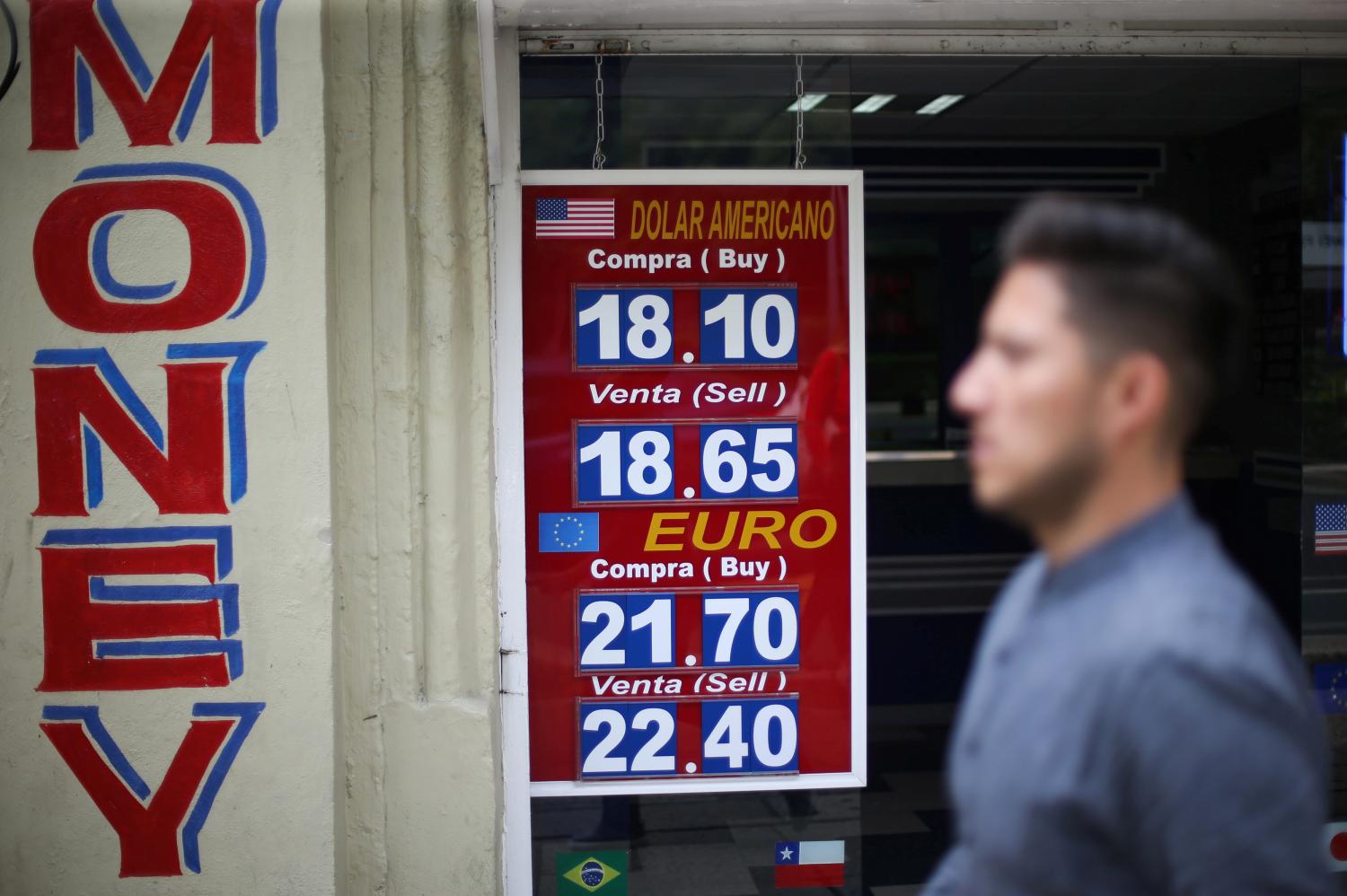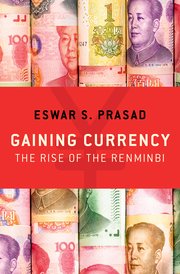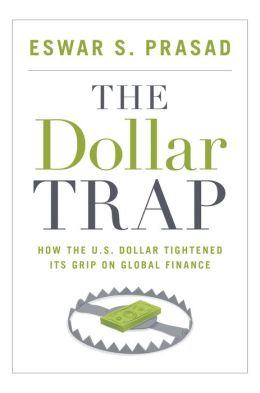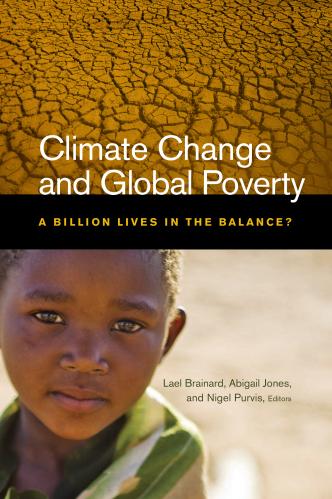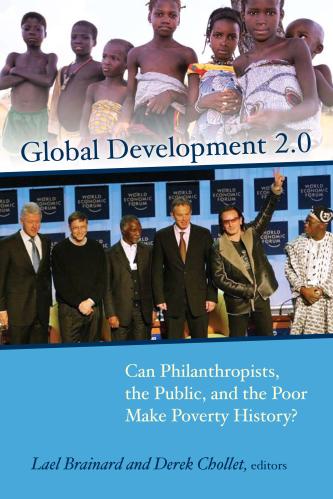A currency’s share of global foreign exchange (FX) reserves, as reported by the IMF, is a key indicator of its prominence as a reserve currency. In 2013, the IMF had information about the currency composition of only about half of global FX reserves. Today, that share stands at 94 percent as most major reserve holders, including China, now report (confidentially) to the IMF the currency composition of their FX reserves.
The recent seemingly precipitous four-percentage-point decline in the dollar’s share of global FX reserves, from 66 percent in 2015 to 62 percent in 2018, is probably a statistical artifact related to changes in the reporting of reserves. This shift in the dollar’s share was likely affected by how China and other previous non-reporters chose to report the currency composition of their reserves, which they did gradually over the 2014-2018 period.
As of 2019Q1, the dollar’s share of global FX reserves was 62 percent, essentially the same as during the 2009-2012 period. It remains by far the dominant global reserve currency.
Compared with 2007, however, the dollar’s share of global FX reserves has declined by 2 percentage points while the euro’s share is down 6 percentage points. Over this period, the Japanese yen’s share has risen by 2 percentage points, while other less prominent reserve currencies have increased their total share by 4 percentage points. The renminbi, which was not an official reserve currency in 2007, now accounts for 2 percent of global FX reserves.
By some measures, the dollar has regained its status as the dominant international payments currency, displacing the euro. For instance, from 2012 to 2019, the dollar’s share of cross-border payments intermediated through the SWIFT messaging network has risen by 10 percentage points to 40 percent, while the euro’s share has declined by 10 percentage points to 34 percent. The renminbi’s share of global payments has fallen back to under 2 percent.
The renminbi’s uneven rise and other developments—including attempts by other countries to shake free from the dollar and U.S. government policies—have not weakened the dollar’s grip on global finance. Many central banks, especially those of China and Russia, have been buying gold. During 2018, Russia’s central bank sold about $100 billion in U.S. Treasury securities and moved those reserves into renminbi- and euro-denominated assets. Such moves by U.S. geopolitical rivals and other developments in global financial markets have not dented global holdings of dollar reserves. Rather, they have resulted mostly in a reshuffling of the relative positions of the second-tier currencies, including the euro. In short, the euro has stumbled, the renminbi has stalled, and dollar supremacy remains
unchallenged.

